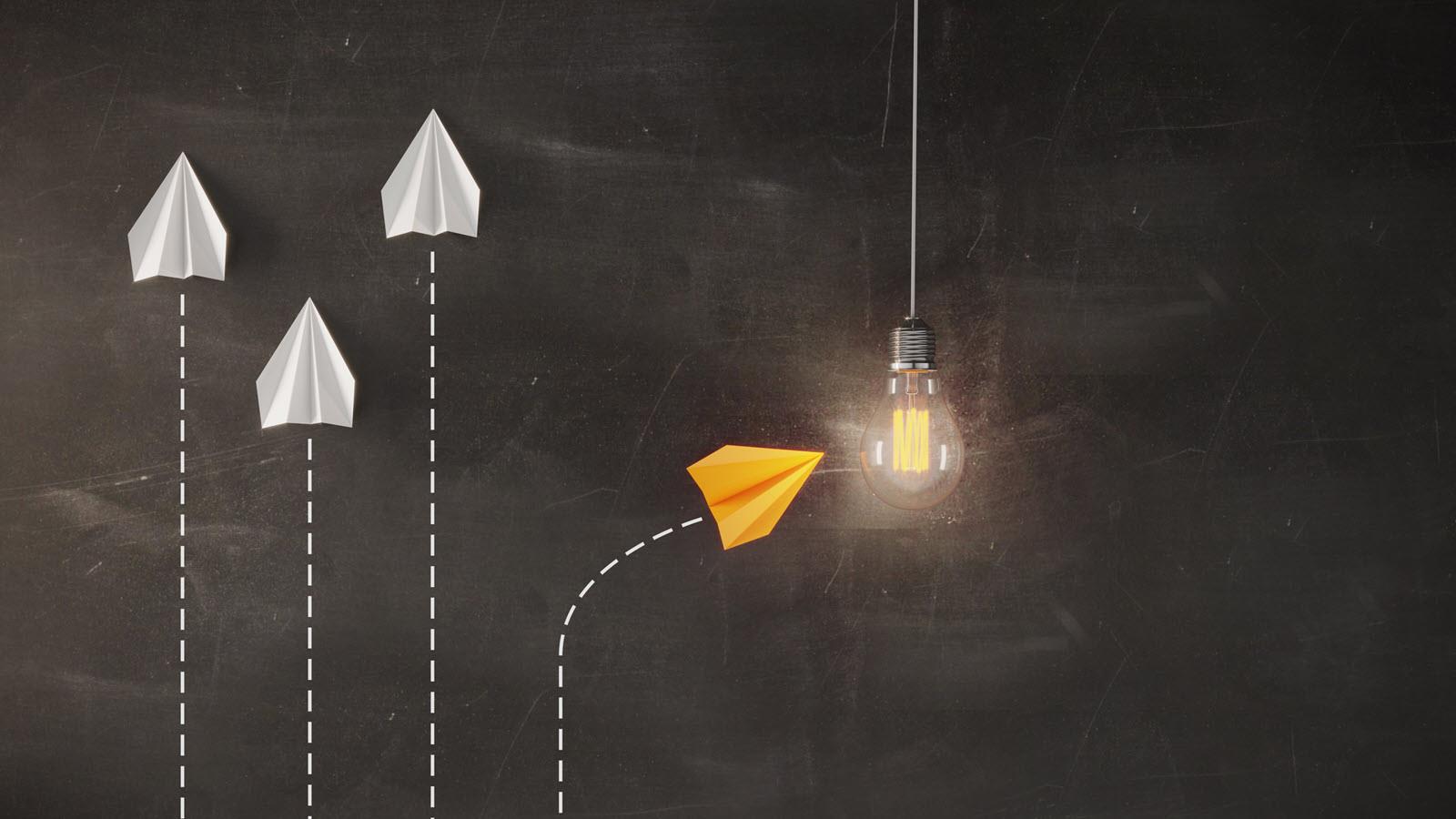When George de Mestral came home from a walk with his dog one day to find sticky burrs plastering its coat, he got curious. Putting the spiky spheres under a microscope, he noticed each ended in a delicate hook, perfect for grabbing onto furry creatures and the pants of passers-by. Then, in a flash of insight now legendary, he imagined how the design might also hold other things together. And voila! That’s how Velcro was born in the 1940s.
Throughout the history of science, new ideas – some of them breakthroughs – have sprung up in unexpected places and by combining disparate ideas. Science is, at its core, a collaborative process that relies on insights from many people, fueled by multiple viewpoints and knowledge streams. Influenza researcher Nicholas Wu puts that into action by reading papers outside his field. Wu, an Assistant Professor at the School of Molecular and Cellular Biology at the University of Illinois at Urbana-Champaign, said it’s something he wishes he had known earlier in his research career.
“It takes different angles, different perspectives to really dissect a problem,” said Wu, who recently won the 2021 European Scientific Working group on Influenza (ESWI) Young Scientist Innovative Award, supported by Seqirus, a business of CSL that is among the global leader in influenza vaccines.
The value of stretching beyond your comfort zone is something Vicky Pirzas, CSL Behring’s Managing Director and Vice President, R&D Recombinant Product Development, says she has found again and again over her career, too.
“I think it’s so important to read diverse literature as it expands your thinking beyond what you have learned and what you know,” said Pirzas, based in Marburg, Germany. “I believe that if we just focus on a single area or a single topic our brains become lazy, but introducing different fields and different perspectives can spark the best idea. I have worked in biotech, small molecules, oral and injectable deliveries and you can always transfer some know-how to the field.”
It’s an approach that’s more necessary than ever today, in a world full of technology and complex challenges, such as the COVID-19 pandemic. In addition to surveying various scientific disciplines, there’s often something to learn from entirely different industries. For instance, as it strives to be more patient focused, biotech companies are taking a few lessons from the cosmetics industry, Pirzas said, by paying increasing attention to how products look and feel and how easy they are to use.
Martin Vey, CSL Behring’s Executive Director for Plasma Product Development, agreed, saying reading widely clues you in to how other industries have solved problems.
“Reading content and papers outside your traditional areas of science can show you how solutions developed for other industries can be applied to our business needs,” Vey said. “For example, we at Breakthrough Launch Pad (BLP) Function at Plasma Product Development (PPD) use a Breakthrough Factory Model of innovation, combining individual ideas into a single seamless solution, to solve our business needs.”
Having a broad base of knowledge also helps scientists across the company communicate with one another, said Anne Verhagen, CSL’s Senior Director of Biochemistry based in Parkville in Australia.
“Reading outside our area of expertise facilitates greater communication and can provide context for why we are doing what we are doing in the long process from the initial idea of a novel therapeutic molecule to the successful launch of a new product that may transform the life of someone with a serious medical condition,” Verhagen said.
But she said there’s another reasons scientists read outside of their narrow disciplines: Sheer interest.
“We may be working in a particular field today but we may have previously worked in other fields or have a fascination with other areas,” Verhagen said. “I suspect many like me have been guilty of walking off with scientific articles left by other scientists at the printer.”
Looking for some cross-discipline inspiration? Here are two noteworthy examples:
Whales and Wind Turbines
Humpback whales have something unexpected on the front of their fins – a series of bumps known as tubercles. For a long time, scientists didn’t think much of them and their purpose was unknown. But researchers in 2003 studied the fluid dynamics the fins create as they slice through water, and found they reduce drag and let the whales tilt their fins up to 40 percent more without stalling. It’s a key part of humpbacks’ ability to circle and corral the schools of fish they feed on.
This bumpy discovery led to another breakthrough, when engineers designing wind turbines realized they could add a similar scalloped edge to wind turbine blades, cutting down on stalls and reducing drag to improve turbine efficiency.
Finding a Clue to Treating Malaria
When the Chinese researcher Youyou Tu was looking for a new treatment for malaria, a disease that was devastating soldiers during the Vietnam War, she and her team turned to ancient Chinese medical texts. Could a traditional medicine be a key to a modern treatment?
They learned of the sweet wormwood plant, which had been used to combat malaria fevers, and with further work isolated the compound artemisinin. It proved to be a potent treatment. She won the 2015 Nobel Prize in Physiology or Medicine.



